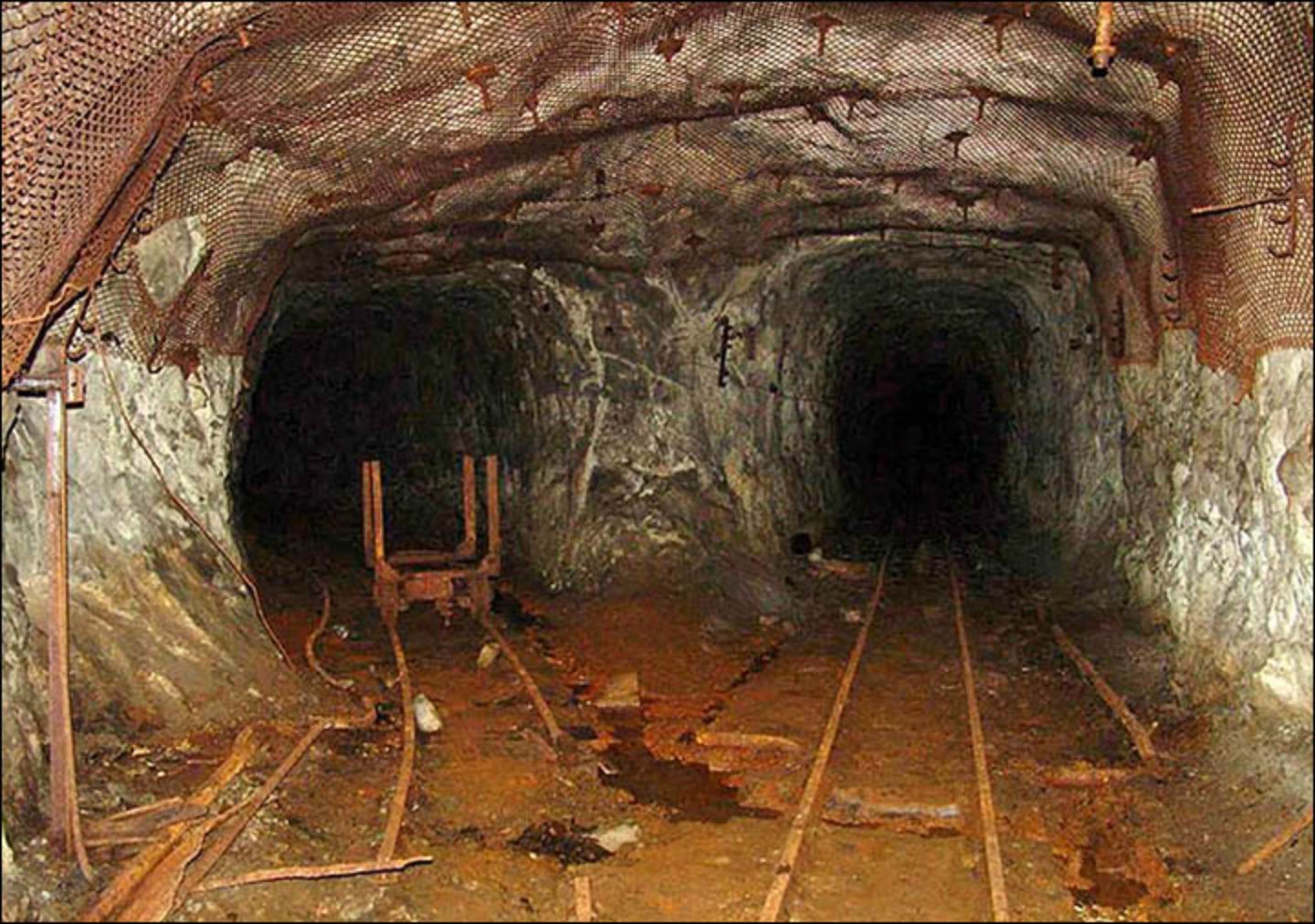In the remote villages of Kalachi and Krasnogorsk in northern Kazakhstan, a mysterious sleeping sickness has plagued the residents since 2013. People would suddenly fall asleep for extended periods, sometimes for days, and wake up in a state of confusion and disorientation. This phenomenon has affected over 140 individuals in a population of approximately 810 people. The sleeping sickness has even extended to animals, with cats also experiencing similar symptoms. The bizarre disorder has earned the region the nickname “Sleepy Hollow.” In this article, we will dig into the causes and findings surrounding this enigmatic illness.

The sleeping sickness phenomenon
Residents of Kalachi and Krasnogorsk began experiencing sudden episodes of falling asleep at random times, even while engaged in daily activities such as walking, driving, or milking cows. Some victims would remain unconscious for up to six days, waking up with memory loss, grogginess, weakness, and headaches.

Those who didn’t lose consciousness reported hallucinations like a “snail walking over their face”. They also experienced severe headaches, nausea, vomiting and fatigue. The sleeping sickness had a significant impact on the affected individuals and the overall community.
Initial speculations and rumors
When the sleeping sickness first emerged, it baffled both the local community and medical professionals. Several speculations and rumors circulated regarding the potential causes. Some suspected that contaminated water or soil in the area might be responsible, while others believed it could be an illness like meningitis. At one point, there were even rumors suggesting that counterfeit vodka might be the culprit behind the strange illness.
The search for answers
As the number of affected individuals continued to rise, the Kazakhstani government and scientists mobilized to investigate the root cause of the sleeping sickness. They conducted extensive research, examining various potential factors, including the local environment, water, soil, and nearby industrial activities. The goal was to identify any substances or conditions that could contribute to the mysterious illness.
Uranium mines and carbon monoxide exposure

In mid-2015, the deputy Prime Minister of Kazakhstan, Berdibek Saparbaev, made a significant announcement. He declared that the government had finally unraveled the mystery behind the sleeping sickness in the villages. According to Saparbaev, the nearby uranium mines held the key to understanding the illness. Although the mines had been closed since the early 1990s, occasional releases of carbon monoxide occurred, reducing the oxygen content in the air. This heightened level of carbon monoxide was identified as the primary cause of the sleeping sickness.
Research findings and controversies
While the government’s announcement provided a plausible explanation for the sleeping sickness, some individuals and experts disagreed with the findings. They argued that gases such as carbon dioxide or methane, which were also present in the vicinity of the uranium mines, could contribute to the illness.
On the other side, an alternative theory was proposed by epidemiologist and academics from Nazarbayev University in Astana, Kazakhstan. After interviewing the local populace, they suggested that the condition was caused by contamination of the water by chemicals. It was assumed that these chemicals were used by the military and had seeped from barrels, however, there was no specified chemical mentioned. It was postulated that this was an idea worth exploring further, relying on epidemiology rather than chemical testing.
Therefore, the controversy surrounding the exact cause of the sleeping sickness remained unresolved.
Evacuation and relocation
In light of the potential health risks posed by the carbon monoxide and other gases, the authorities decided to evacuate the affected villages. Residents were relocated to safer areas, away from the uranium mines and the potential sources of the sleeping sickness. The evacuation aimed to protect the population and prevent further cases of the mysterious illness.
Continued monitoring and research
After the evacuation, monitoring efforts were implemented to track the well-being of the relocated residents and ensure their safety. Ongoing research and studies were conducted to gain a deeper understanding of the sleeping sickness and its long-term effects on the affected individuals. Scientists and medical professionals worked tirelessly to unravel the remaining mysteries surrounding this unique illness.
Lessons learned and future prevention
The sleeping sickness outbreak in Kazakhstan villages served as a wake-up call for governments and communities worldwide. It highlighted the importance of environmental monitoring and early detection of potential health hazards. The incident prompted authorities to develop improved safety protocols and measures to prevent similar occurrences in the future.
Conclusion
The sleeping sickness that plagued the villages of Kalachi and Krasnogorsk in Kazakhstan remains an intriguing medical mystery. While the government’s findings pointed towards carbon monoxide exposure from nearby uranium mines as the primary cause, controversies surrounding other gases, chemicals and factors persist. The evacuation and relocation of residents aimed to ensure their safety and prevent further cases of the illness. Ongoing research and monitoring efforts will continue to shed light on this enigmatic sleeping sickness and contribute to the prevention and management of similar health crises in the future.



